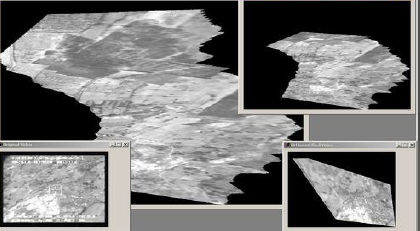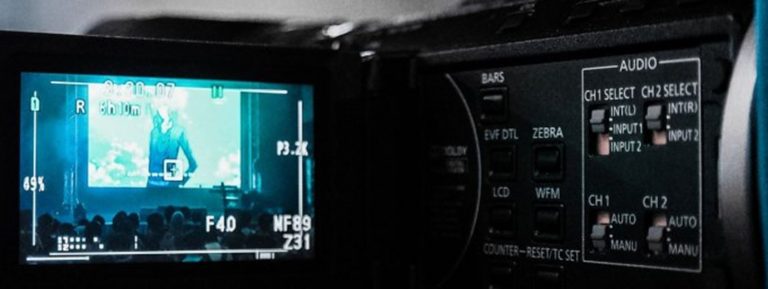The Problem Statement
To perform selective mosaicing of the video data with/ without manual interaction, so as to help the defence personnel in interpreting the data. The project scope included design, development, integrategration and maintainance of the Mosaicing System for aerial surveillance applications. The work comprised of procurement of hardware, design and development of software and integration of both the hardware and software to the requirements and specifications.
Screenshots

The Solution
The video and telemetry data gathered by UAV is transmitted to GIES and Mosaicing System (MS). The operator at GIES instructs the MS to start and video is input at full PAL Resolution (ie 768×576) at 12.5 Hz and Telemetry Data at 10 Hz over LAN. The Mosaicing System can also receive data from VFDPS in offline mode : video (PAL format) at 25 fps through a video cable (composite or S-Video input) and Telemetry Data at 10 Hz over LAN or serial port.
- Front-end User Interface (UI) : contains MS GUI window (MSG) for different settings and functionalities.
- Backend control and processing engine (BCPE) : consists of MS Controller (MSC) which acts as a message router between backend modules and the front-end, Data Interface Module (DIM) which accepts data from the GIES or VFDPS and Video Mosaicing Module (VMM) which mosaics the input video frames
- System Platform : consists of hardware platform, kernel, drivers and system libraries as well as image processing, video data handling libraries which are used by the BCPE.
At initialization, MSC reads configuration and initializes the system. There are two modes of operation of the MS with respect to the type and source of data received:
- Mission mode : Data is streamed directly from UAV
- Offline mode.: VFDPS streams data over a video channel (Composite or S-Video) and telemetry data over LAN or serial port.
In both mission and offline modes of operation, the incoming video and telemetry data (VTD) is synchronized and converted to Synchronized Video and Telemetry Data (SVTD), which is subsequently buffered in Video and Telemetry Data Store (VTS) by the DIM.
The MS has two modes of operation with respect to the process of mosaicing:
Automatic mode : On availability of VTD, MSC immediately instructs the VMM to create mosaic(s) of the video frames for the entire duration of the session.
Interactive mode : MSC prompts the operator via the UI Module to select zones of interest to mosaic from the VTD session and invokes the Selected Zone Player (SZP). The operator selects zone(s) of interest using the SZP. The MSC then instructs the VMM to create mosaic(s) corresponding to the zones selected.
After Mosaicing is over, VMM informs MSC which in turn invokes Mosaic Display View (MDV) in the MSG showing the mosaic generated. MS will controlled by the operator at GIES-core. Display of MS will be integrated with the display of GIES-core.
The post processing operations can include enhancement of certain regions within the mosaic by applying appropriate filters or extraction of certain information like distance between two points or area of a certain region, etc or overlaying the mosaic on a specified digital map and display mission path over the mosaic.
Benefits Delivered
The developed client-server architecture resides on GEIS system. It helps in annotation operations which includes marking areas or points of interest in the mosaic with geometric primitives supported by the MSG and textual labels.
Technology Used
- Aerial Surveillance
- Image Processing
- 3 D Vision



